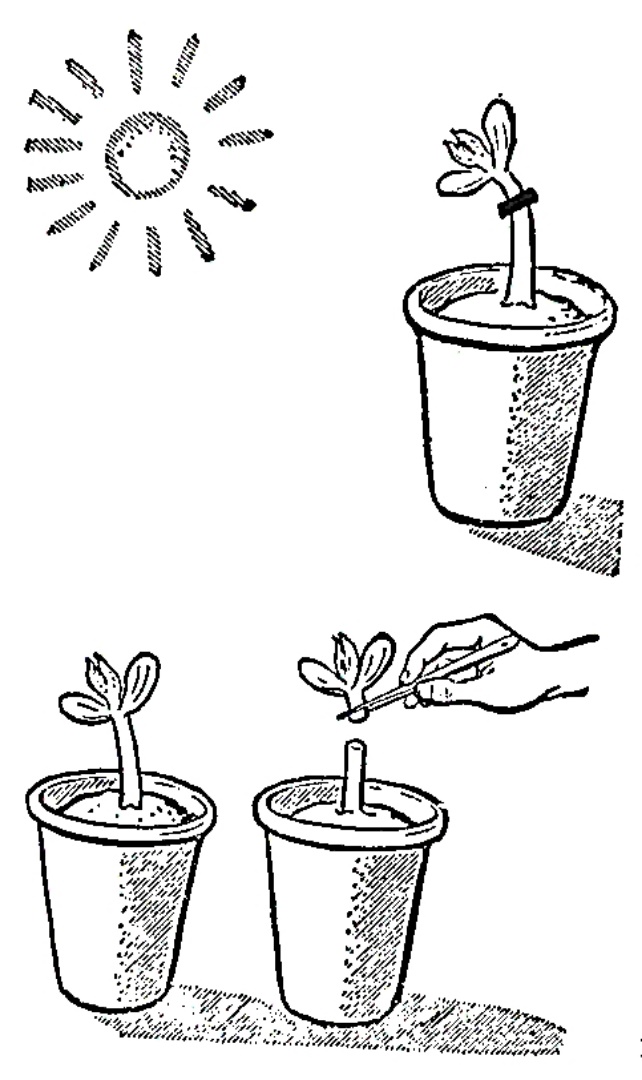Eighty years ago, the famous British biologist Darwin discovered a strange phenomenon: seedlings of rice and wheat would bend towards the direction of sunlight when exposed to it. However, if the top of these seedlings were cut off or covered, they no longer exhibited this behavior of bending towards the sun.
Why does this happen? Darwin proposed a hypothesis: there is a certain substance located at the tip of the seedling. When exposed to light, this substance moves to the lower part of the seedling, causing unidirectional growth and curvature.
If we dig deeper and ask, what is this “certain substance”? Even Darwin himself couldn’t provide a definitive answer. However, Darwin’s discovery and hypothesis attracted the attention of scientists worldwide, leading many to conduct research to identify this “certain substance.”
This mystery was finally unraveled in 1933: chemists isolated several substances from the tips of seedlings. These substances, known as “plant hormones,” stimulate growth in plants by promoting cell elongation or contraction, thereby causing the seedlings to bend — cells on the side facing the sun contract while those on the shaded side elongate. These remarkable substances are collectively referred to as “plant hormones.”
Sunflowers, for instance, possess these plant hormones in their stems beneath the flower head, enabling them to turn towards the sun.
Farmers, eager to accelerate crop growth, even proverbially “pulling seedlings to help them grow,” sought to harness these plant hormones for agricultural benefit.
However, natural plant hormones are exceedingly rare: in seven million maize seedlings, there is only one gram of plant hormones!
Unable to rely solely on nature, humans began manufacturing plant hormones using various chemicals in fields. While not true plant hormones, many substances were found to stimulate crop growth similarly. These artificially produced substances, which stimulate plant growth like plant hormones, are known as “plant growth regulators.”
Over the past few decades, scientists have identified hundreds of plant growth regulators, mostly complex organic compounds like 2,4-dichlorophenoxyacetic acid (2,4-D) and gibberellins. Additionally, substances such as antibiotics, trace elements, vitamins, potassium permanganate, boric acid, sodium bicarbonate, and potassium bromide also stimulate plant growth and are classified as plant growth regulators.
Plant growth regulators represent a significant achievement in agricultural technology, providing versatile benefits such as accelerating crop growth, promoting early flowering and ripening, controlling weeds, preventing fruit drop, inhibiting seed germination, and more. They have facilitated the development of seedless watermelons, tomatoes, cucumbers, and eggplants, as well as multiple-ear varieties of rice and wheat.
Today, plant growth regulators have become a crucial support in agriculture, enhancing productivity and efficiency in farming practices.

